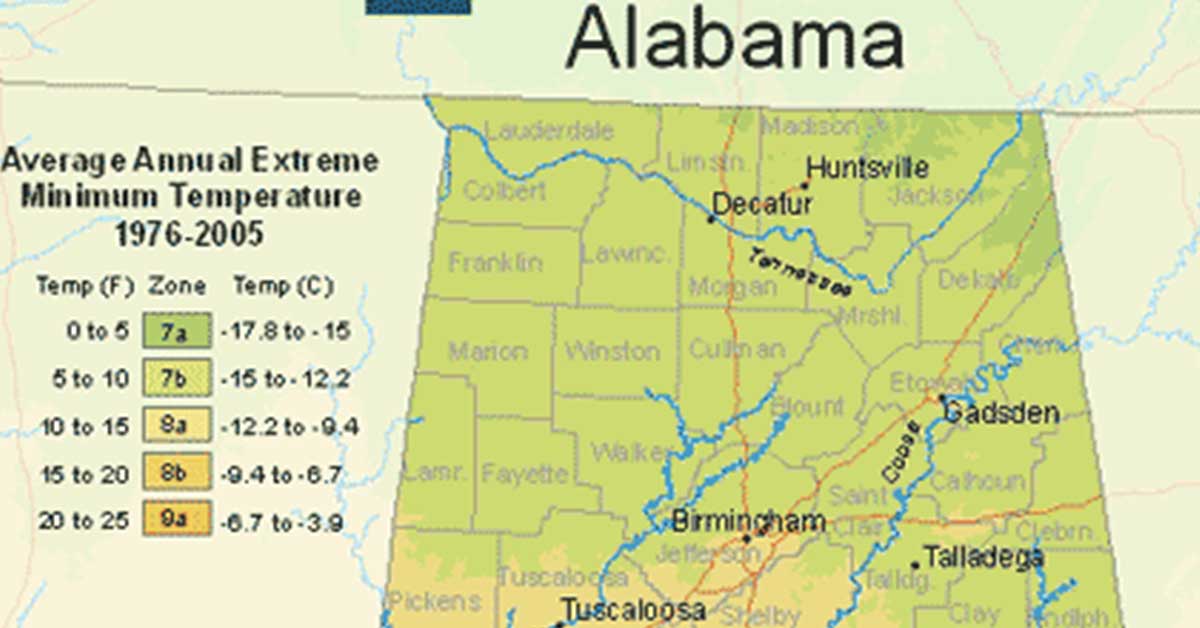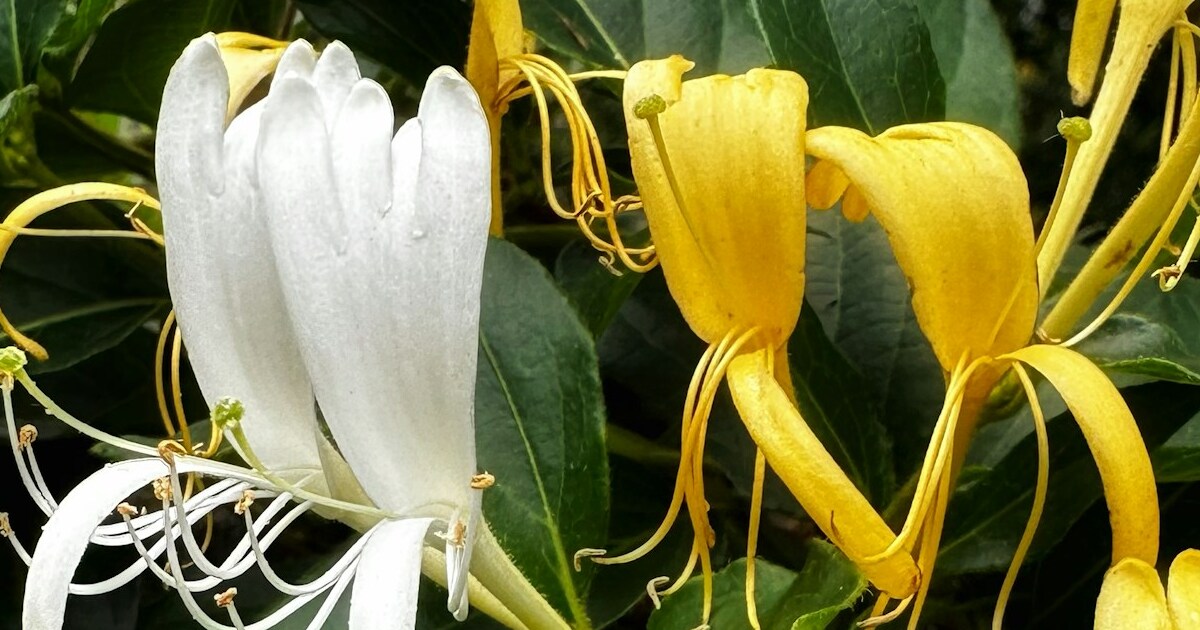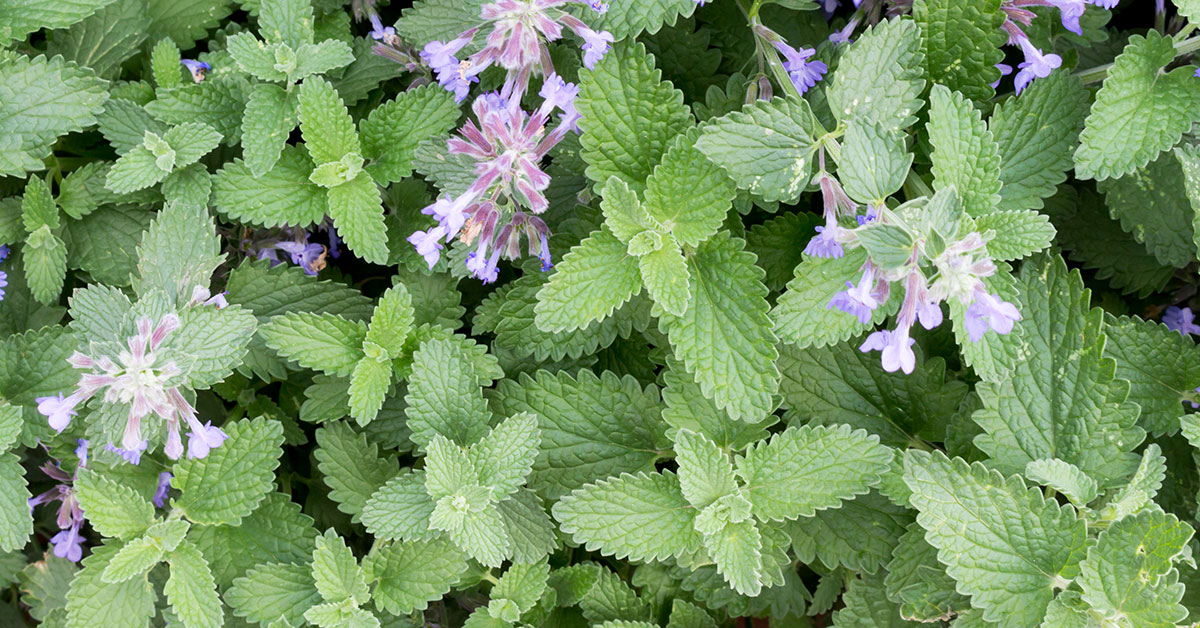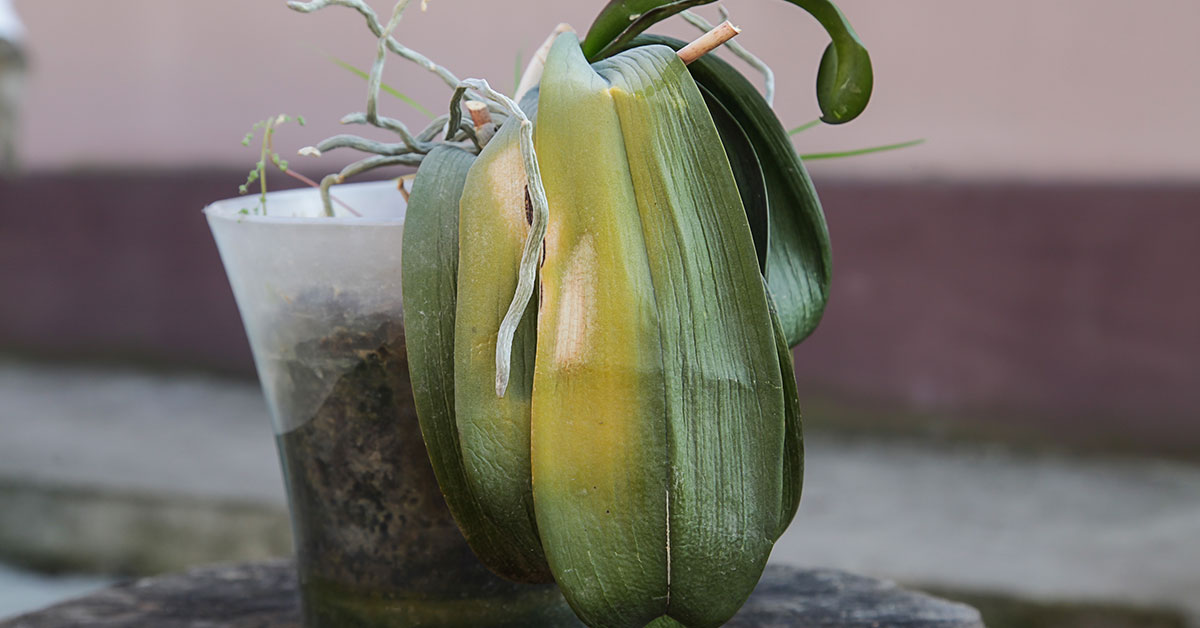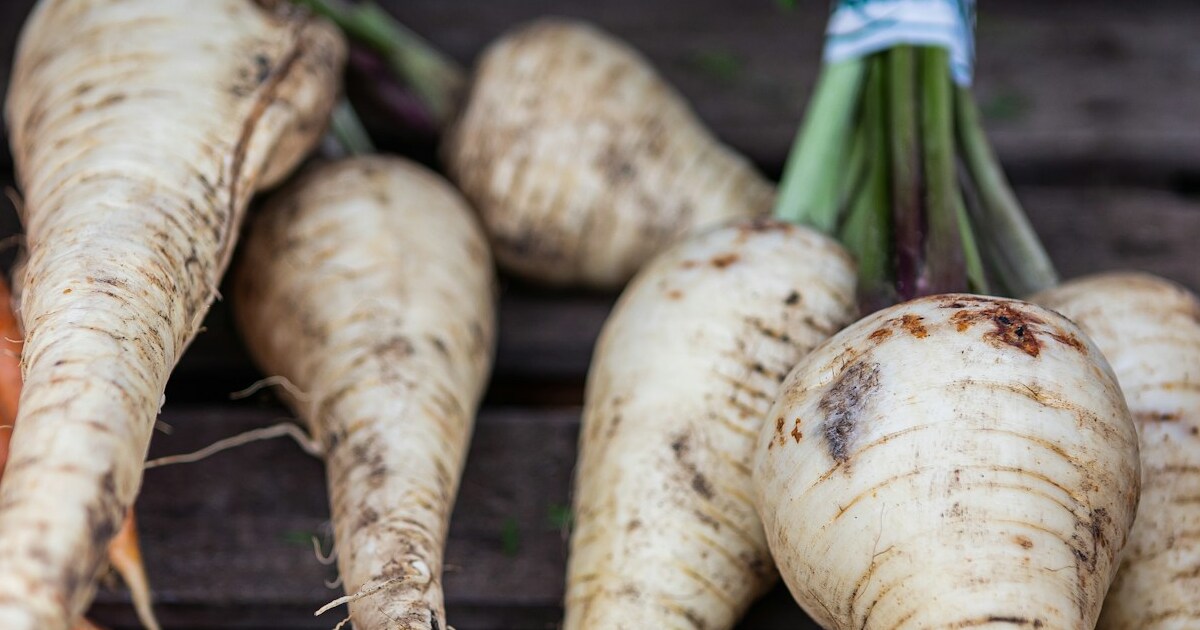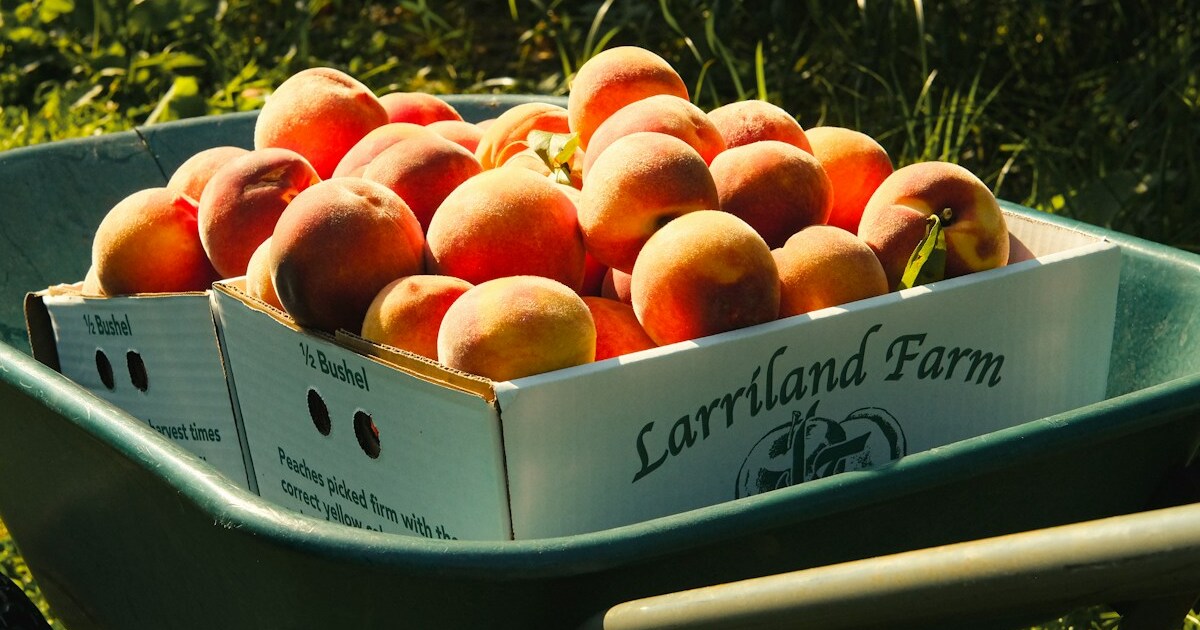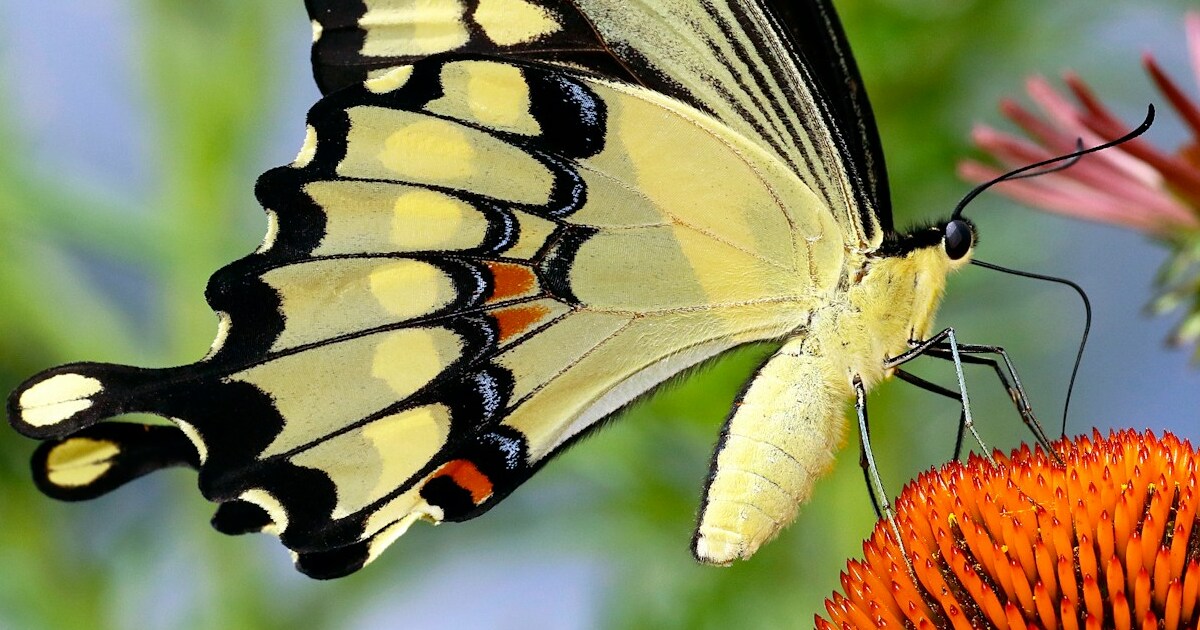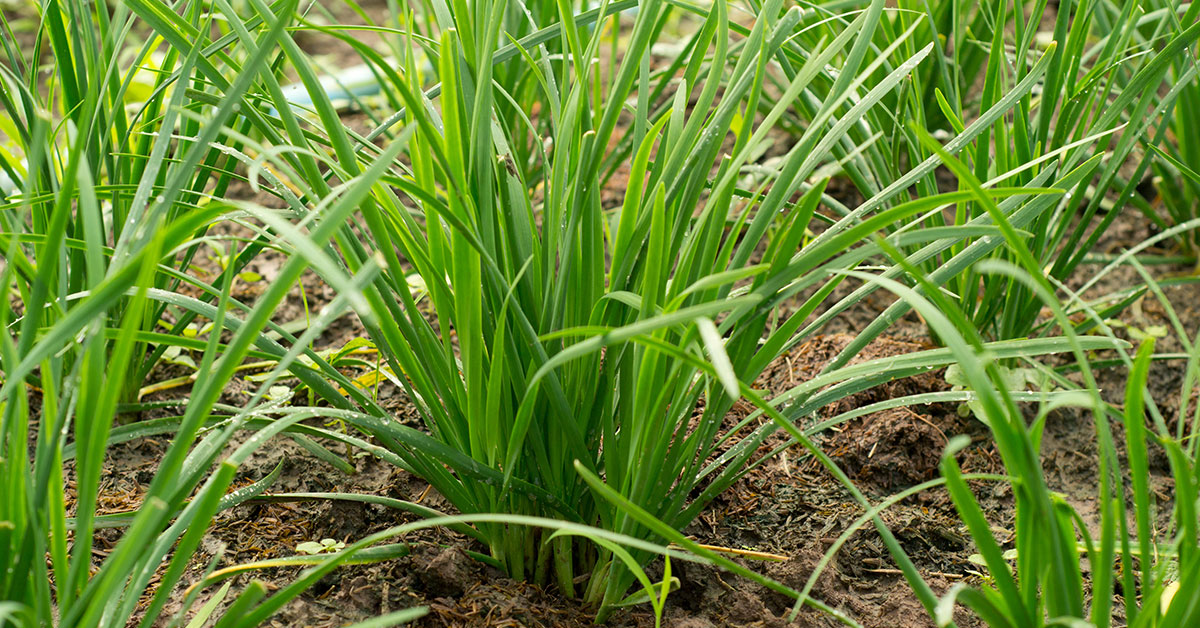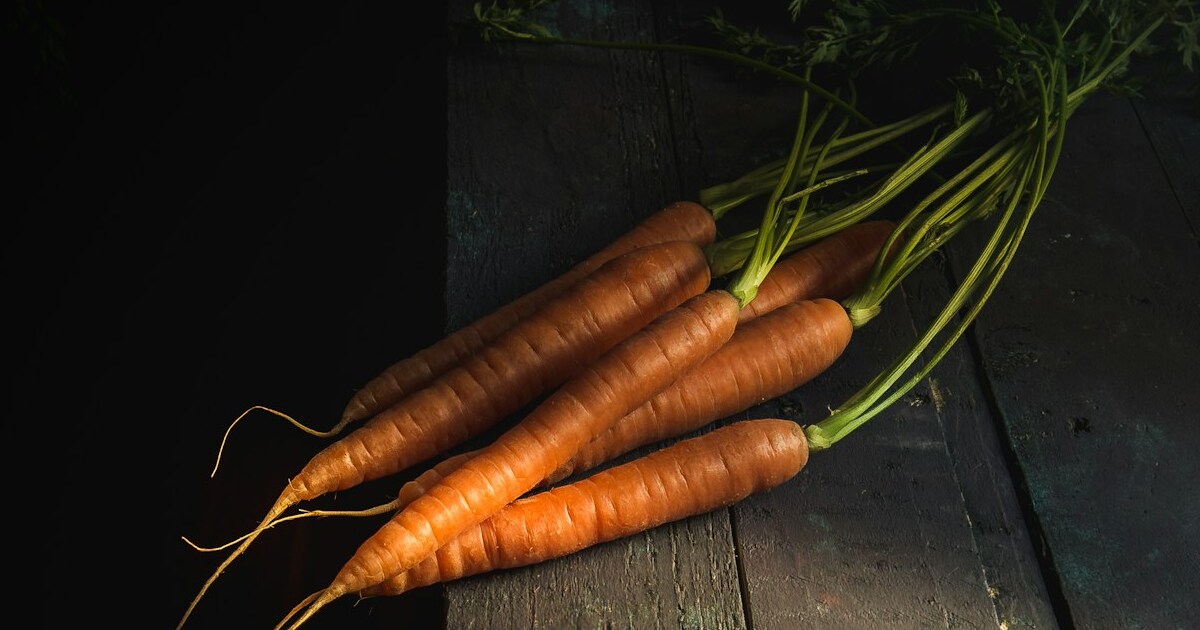Welcome to the lush world of gardening in Huntsville, Alabama! Nestled in the heart of the Tennessee Valley, Huntsville offers a unique and vibrant gardening experience. One of the key factors that sets Huntsville apart is its USDA hardiness zone.
The city falls within Zone 7b, which means that gardeners here have a wide range of plant options to choose from. With mild winters and long, hot summers, Huntsville’s climate is ideal for growing a diverse array of flowers, vegetables, and fruits.
Whether you are a seasoned gardener or just starting out, understanding the USDA hardiness zone is crucial for successful gardening in Huntsville. In this article, we will explore the significance of the zone, discuss the specific challenges and opportunities it presents, and provide valuable tips and insights to help you create a thriving garden in this beautiful southern city.
What is Huntsville’s USDA hardiness zone?
The USDA hardiness zone is a system developed by the United States Department of Agriculture (USDA) to categorize regions based on their average annual minimum temperature. This system helps gardeners and plant enthusiasts determine which plants are most likely to thrive in a particular area.
Huntsville, Alabama falls under USDA hardiness zone 7b. This means that the average annual minimum temperature in Huntsville ranges from 5 to 10 degrees Fahrenheit (-15 to -12 degrees Celsius). The “b” designation indicates that Huntsville experiences colder winter temperatures compared to nearby regions in zone 8, which have minimum temperatures ranging from 10 to 15 degrees Fahrenheit (-12 to -9 degrees Celsius).
Understanding the hardiness zone is crucial for successful gardening because it helps determine which plants are best suited for a particular area. Plants that are rated for zone 7b are more likely to survive and thrive in Huntsville’s climate. These plants are adapted to withstand the occasional freezing temperatures that occur during the winter months.
When selecting plants for your garden in Huntsville, it is important to choose those that are recommended for zone 7b or lower. These plants have evolved to tolerate the cold temperatures and can survive the occasional frost or freeze. Some common plants suitable for this zone include azaleas, camellias, dogwoods, hydrangeas, and many varieties of fruit trees.
It is worth noting that while the USDA hardiness zone provides a general guideline, it is not the only factor to consider when selecting plants. Other factors such as soil type, sunlight exposure, and moisture levels also play a significant role in determining a plant’s success. It is always recommended to research specific plant requirements and consult with local gardening experts or nurseries to ensure the best results.
When can you plant your garden in Huntsville?
In Huntsville, the ideal planting times for various plants can be determined by considering the USDA hardiness zone, which is typically Zone 7b for this area. The USDA hardiness zone map divides the United States into 13 zones based on the average annual minimum winter temperature.
For Zone 7b, the average minimum winter temperature ranges from 5 to 10 degrees Fahrenheit (-12 to -14 degrees Celsius). This information helps determine the appropriate planting times for different types of plants. Here are some general guidelines:
- Spring Planting: In Zone 7b, the last frost date usually occurs around mid-April. After this date, it is generally safe to start planting cool-season crops such as lettuce, spinach, peas, and broccoli. You can also begin planting perennial flowers and shrubs during this time.
- Summer Planting: Once the danger of frost has passed, typically by mid-April, you can start planting warm-season crops like tomatoes, peppers, cucumbers, and beans. It is also a good time to plant annual flowers and herbs.
- Fall Planting: In Zone 7b, the first frost typically occurs around mid-November. Before this date, you can plant cool-season crops again, such as cabbage, kale, carrots, and radishes. Fall is also an excellent time to plant perennial flowers, trees, and shrubs, as the cooler temperatures allow them to establish their roots before winter.
It is important to note that these planting times are general guidelines, and local weather conditions can vary from year to year. It is always a good idea to monitor local weather forecasts and consult with local gardening resources for more specific planting recommendations.
What grows well in Huntsville?
Huntsville, Alabama falls under USDA hardiness zone 7b, which means it experiences an average minimum temperature range of 5 to 10 degrees Fahrenheit (-12 to -14 degrees Celsius). Here is a comprehensive list of plants that generally grow well in Huntsville’s climate:
- Azaleas (Rhododendron spp.)
- Camellias (Camellia spp.)
- Crape Myrtles (Lagerstroemia spp.)
- Japanese Maples (Acer palmatum)
- Southern Magnolias (Magnolia grandiflora)
- Dogwoods (Cornus florida)
- Hydrangeas (Hydrangea spp.)
- Roses (Rosa spp.)
- Daylilies (Hemerocallis spp.)
- Hostas (Hosta spp.)
- Ferns (various species)
- Lenten Roses (Helleborus spp.)
- Japanese Pieris (Pieris japonica)
- Holly (Ilex spp.)
- Nandina (Nandina domestica)
- Loropetalum (Loropetalum chinense)
- Boxwoods (Buxus spp.)
- Lantana (Lantana spp.)
- Salvia (Salvia spp.)
- Black-eyed Susans (Rudbeckia spp.)
- Coneflowers (Echinacea spp.)
- Coreopsis (Coreopsis spp.)
- Bee Balm (Monarda spp.)
- Russian Sage (Perovskia atriplicifolia)
- Phlox (Phlox spp.)
- Sedums (Sedum spp.)
- Ornamental Grasses (various species)
- Butterfly Bush (Buddleja spp.)
- Creeping Phlox (Phlox subulata)
- Baptisia (Baptisia spp.)
These are just a few examples of plants that thrive in Huntsville’s hardiness zone. It’s important to consider factors such as soil type, sun exposure, and moisture levels when selecting plants for your specific garden.
What won’t grow in Huntsville?
In Huntsville, which falls under USDA hardiness zone 7b, there are certain plants that may not thrive due to the local climate conditions. Here are some plants that may struggle in Huntsville:
- Tropical plants: Plants that require a consistently warm and humid climate, such as hibiscus, bougainvillea, and certain palms, may struggle in Huntsville’s cooler winters.
- Cold-sensitive plants: Some plants that are not frost-tolerant, such as citrus trees, certain varieties of roses, and tender perennials like angel’s trumpet (Brugmansia), may struggle to survive the occasional freezing temperatures in Huntsville.
- Alpine plants: Plants that are adapted to high-altitude or mountainous regions may not thrive in Huntsville’s lower elevation and warmer temperatures. Examples include certain types of alpine flowers, like edelweiss and alpine forget-me-nots.
- Desert plants: Plants that are native to arid desert regions, such as cacti and succulents like agave and yucca, may struggle in Huntsville’s more humid climate and higher rainfall.
- Some cool-season crops: Certain cool-season crops, like Brussels sprouts and cauliflower, may struggle to produce well in Huntsville’s hot and humid summers. However, with proper timing and care, many cool-season crops can still be grown successfully in the area.
It’s important to note that while these plants may not thrive in Huntsville, there are still many other plant options that are well-suited to the local climate and will thrive in the area.
Meta Description
Discover the ideal hardiness zones for gardening in Huntsville! Explore our comprehensive guide to ensure thriving plants in your backyard.


